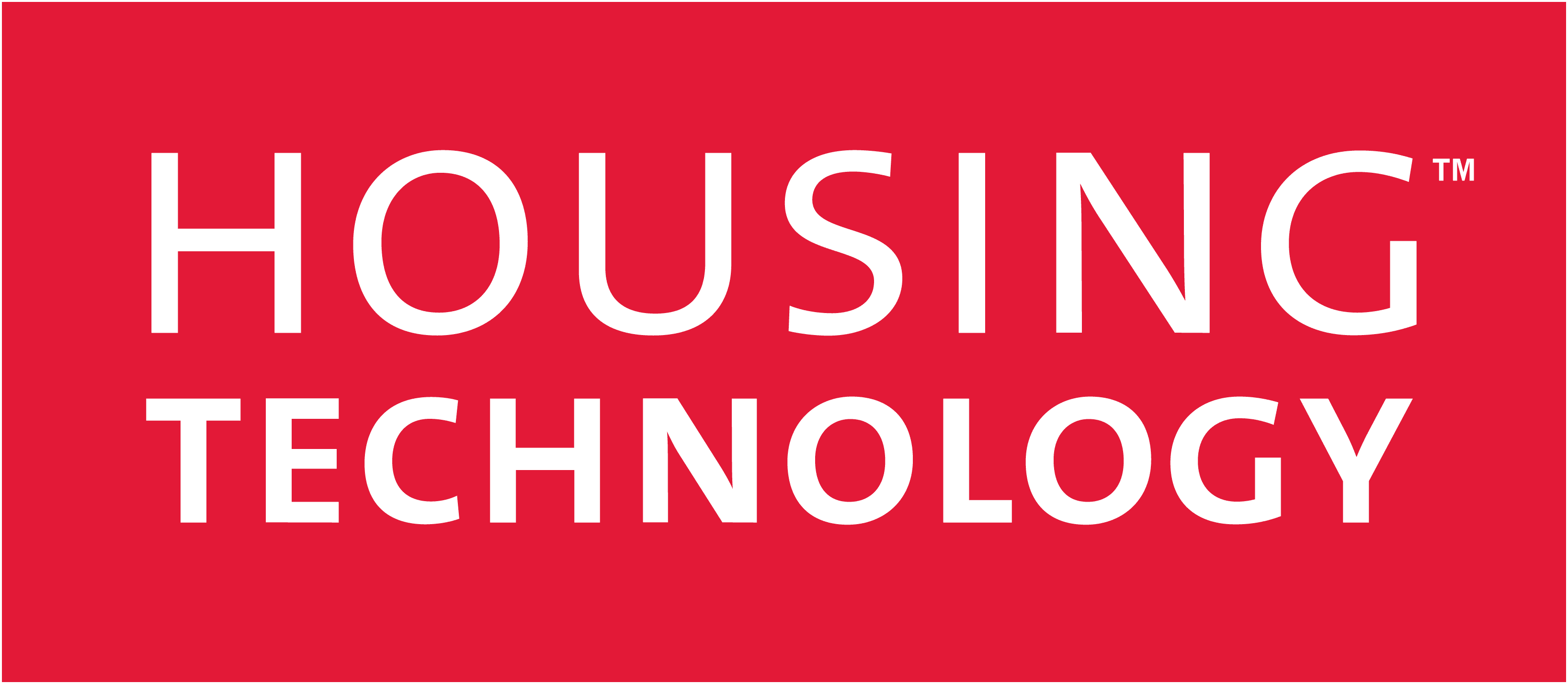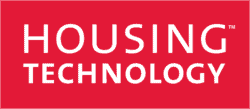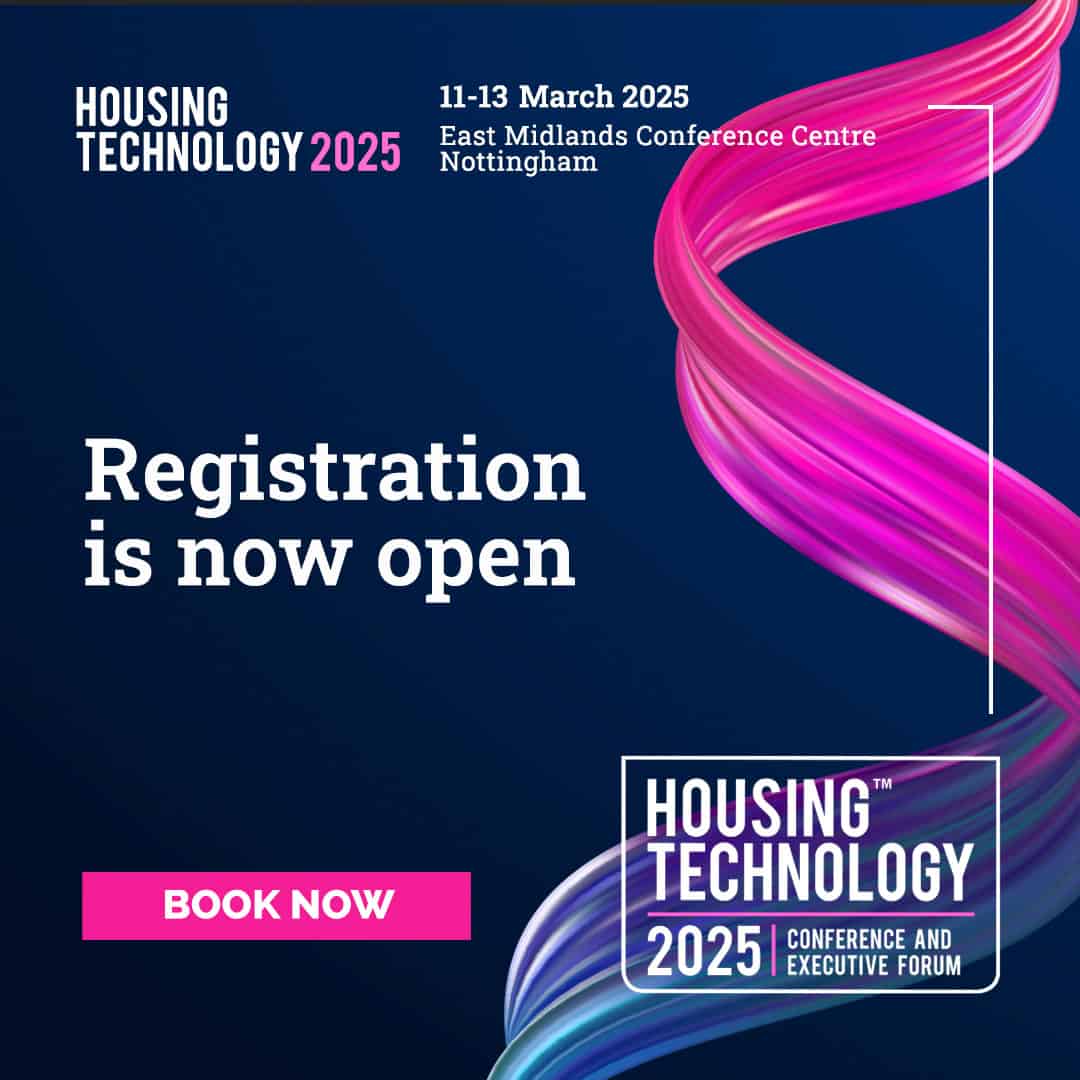Social housing can be a difficult and cumbersome sector in which to make technological change. If you’re a local authority, you’re bound by lengthy and strict processes for obtaining software. And once you’ve chosen your technology, it’s easy to find that you’ve focused so much time and effort just on obtaining and implementing a solution that what happens next has been pushed to the wayside.
Inefficiencies can creep in, and you may not be seeing the same value from your solutions as you did on day one. Housing management systems can deliver numerous organisational benefits, but simply having one is just one part of the journey to finding success with it. It’s time to take a step back, consider your processes, and ask some basic questions about your organisation, users and customers.
Is your solution empowering users?
This entails understanding how your users interact with your software on a daily basis. Don’t just guess or assume how things would go in a perfect world; if you want to really know if your technology is delivering, talk to the housing staff that use it and ask them how they feel about how it affects them in their jobs.
Process mapping can be useful here to identify any inefficiencies; some could be caused by non-software-related factors but others could be the result of the technology inadvertently making processes more complicated than they need to be. It pays to dig deep and learn what’s really going on behind the scenes.
By talking to your users, you’ll be able to draw up a list of pain points to address. You can then decide which are caused by policies or processes, what the priorities should be, and the best courses of action to tackle them.
Is it providing value for your customers?
It’s all very well if your technology is making it easier for your teams to do their jobs. But is this creating value for your tenants? There is little value in improving your internal processes if your tenants still receive sub-standard services.
The internal workings of your organisation are invisible to them; all tenants can see is whether their messages are responded to promptly, how long it takes for problems to be fixed, and if their homes are comfortable and safe. If your solutions are not adding value in this way, then this can be a signal for improvement or change.
Does it still fit your vision?
Business imperatives change, so the original goals you had when you first started the procurement process may no longer make sense. Consider what you were trying to achieve with your solution, and compare this to where your business is now. Does it still fit? It could be a simple case of adjusting how you use the solution or it could require additional software that integrates with your main system to unlock new capabilities or strengthen areas of weakness.
How are you managing training?
Training is your staff’s first introduction to new technology so it’s worth paying close attention to. There are a number of things to consider when designing effective training programmes that will resonate with your staff. What’s their knowledge level? Training that’s too basic or too advanced can reduce interest in learning, so start with short surveys or quizzes to gauge their levels of knowledge. Everyone learns differently — visuals can work better for some, others prefer text so a multi-disciplinary approach is useful. Consider who your audience is and how they use the systems; one size doesn’t fit all, and teaching them about features they won’t use can decrease engagement as well as waste time.
And remember, whether it’s training a new team member or upskilling existing staff, the learning process never stops. Have a structure in place to check your systems are being used as efficiently as possible. Take feedback and learn from it. Housing Management Systems can be vast and powerful but they can also take time to unlock and understand fully. So don’t be afraid to get things wrong the first time; as long as you learn from the process, failures can still be valuable lessons.
Enlist expert help
There’s only so much you can do in-house. If you truly want a holistic view of how your organisation uses technology, consider enlisting expert consultants. Bring in professionals to review and audit how your technology, processes and policies are working to deliver value for your organisation and its customers. They can make recommendations on what you can do to get more from your resources, work more efficiently and deliver better outcomes for your customers.
Audits can be an initial one-off discovery piece, but we recommend them as a recurring part of maintaining healthy operations and service. After all, you have your car serviced regularly to prevent problems, so why wouldn’t you do the same for your software investments? Our professional services team offers various levels of ‘efficiency audits’ and has helped customers maximise the value they get from their software.
Ian Rutherford is the implementations team leader at Aareon UK.


